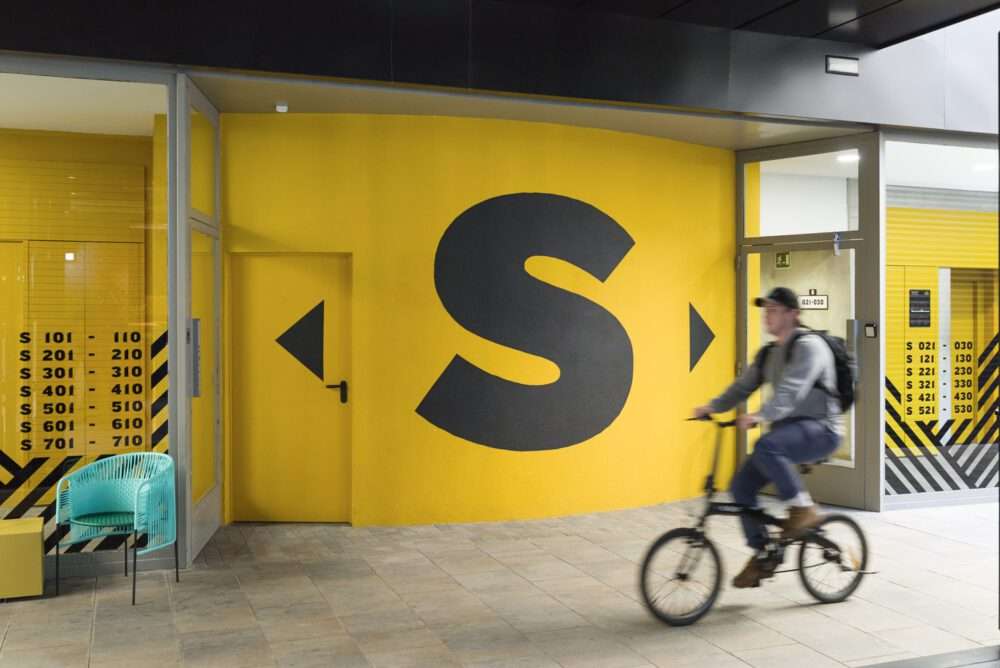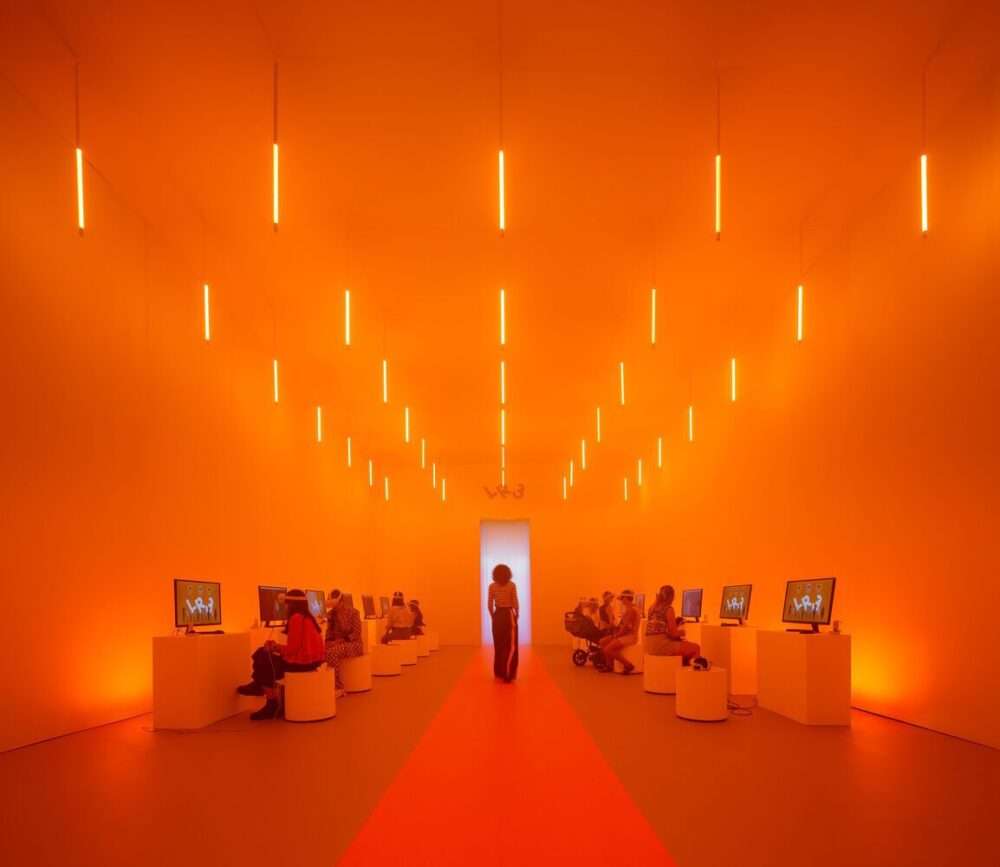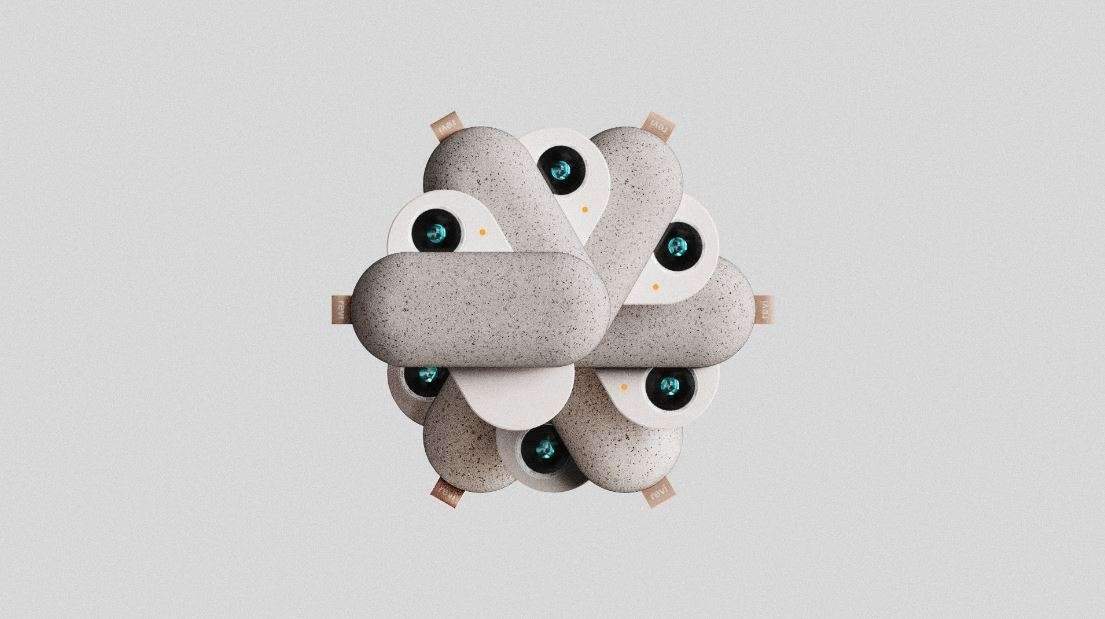Articulating spatial experiences and service design in architecture
Articulating spatial experiences and service design in architectureو
Architecture has the ability to engage emotionally with its occupants.
Where ingeniously designed spatial moments extend architecture into experience design –
a growing need in the experience economy.
Through sensory and intellectual stimulation,
spaces can connect deeply with their occupants to produce unforgettable states.
Orchestrating an experiment requires not only an understanding of spatial principles,
but also how to design a space service.
Experience design is a practice that focuses on the quality of human behavior and interaction.
The discipline goes beyond the architectural space to include products, services, processes, events and journeys.
For many years, architects have been theorizing the production of experiences,
perfecting the art of constructing sensory journeys using built form.
And the architecture industry currently lacks focus on the user – the heart of experience design.

Experimental architecture
At this time, architectural discourse and practice seem to be driven by the “designer’s ego”.
Companies and stars conceive of their designs as elaborate artistic expressions that often fail to meet the end user’s understanding.
Indeed, spaces may be created with the intention of benefiting their occupants without investigating their true needs. ”
And when you look at architecture as an entity, it is just an object of beauty and function.
And the moment you see architecture as an experience,
it is impossible to design without considering the end users.”
The user-centered architecture is an experience designed for emotion.
Today’s architectural design process must evolve in response to the people who use the building,
With a focus on functionality measured through design decisions informed by the data and needs of various space occupants.
While the experimental approach to architectural design has been around for decades,
it requires re-evaluation to fit the contemporary context.
Through the work of Peter Zumthor, Juhani Pallasmaa, and others.
What’s missing is a structured methodology and practice for crafting expertise –
a concept that architects can pick up from service designers.

Service design
In contrast to the ancient discipline of architecture,
a relatively new industry has emerged around the design of human experiences.
The practice of service design emerged in the 1980s to improve service quality and customer experiences.
The service design community has created formal tools and techniques to understand users,
interactions, touchpoints, and experiences.
Service charts and user journey maps are common realizations that detail every moment of an experience designed to ensure smooth operations and positive emotional outcomes.

An interdisciplinary approach: spatial service design
The intersection of architectural design and service design provides a refreshing approach to producing experiences. Emotions are the building blocks of embodied experience.
Which is something adept at influencing both spatial and service designers.
Architects understand the concepts of compression, release,
play of light and the properties of materials to evoke responses from the building’s occupants.
Service designers are adept at arranging the flows of interactions between the user and the space to deliver a positive experience.
Where one approach to such a multidisciplinary process—identified by Zachary Morgan—begins with design research.
Through workshops and talks, customer requirements are understood along with the needs and desires of the specific user group.
Insights are then elicited to inform parameters for spatial design.
Finally, an experiential journey is built from the perspective of each user type,
designing every interaction from entering the space to sharing the service to creating memorable moments.

future possibilities
Service design in relation to technology and the built environment does a great job of shaping an experience that is equally focused on the digital and physical touchpoints.
With digital worlds, the laws of physics no longer constrain spatial experiences.
This provides designers with a new canvas for reimagining how emotions can be evoked in a space.
Service design helps organize the physical elements along with the digital interactions in the environment.
It can act as a link between technology and architecture to achieve convergent designs.
Considering both service design and physical space design at the same time enables the resulting experience to work seamlessly.
The approach enables the needs, intentions and goals of the user to be met along with the needs of the service providers.
It is clear that the services and their spaces are intricately interconnected and greatly influence each other.
And “every architect really practices some kind of informal service design,” Morgan believes.
The future of architecture is not about creating things of beauty and functionality.
It will be about crafting spatial experiences where people’s emotions and satisfaction take center stage in the project.
In the words of Juhani Plasma, “architectural meaning is derived from ancient responses and reactions remembered by the body and the senses.”
For more architectural news






